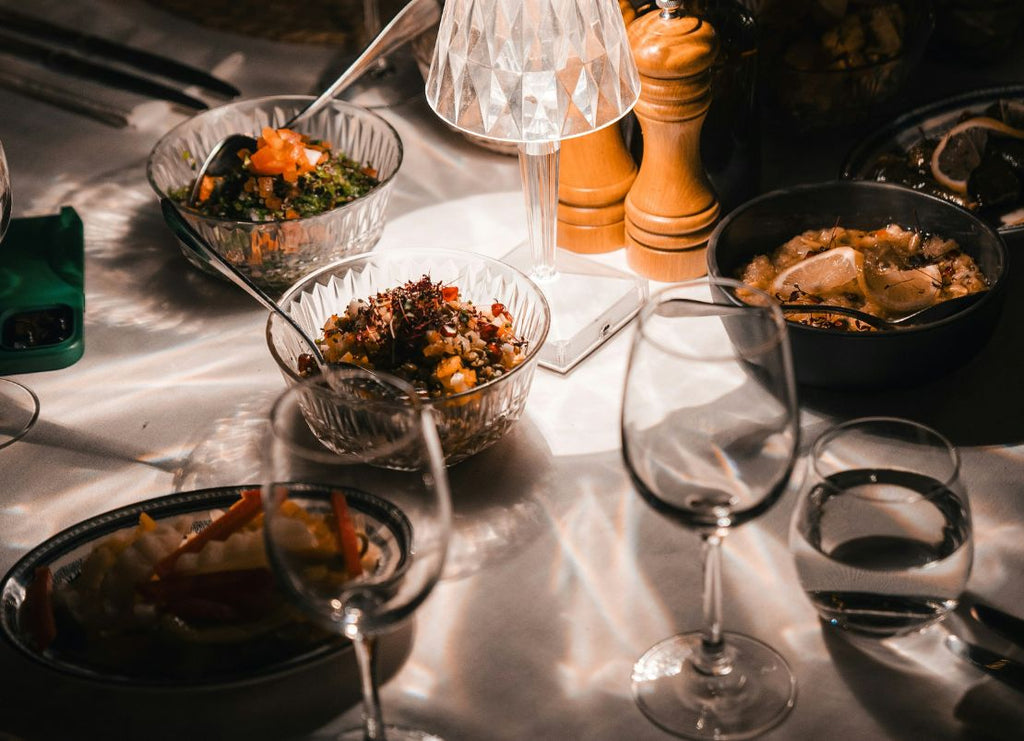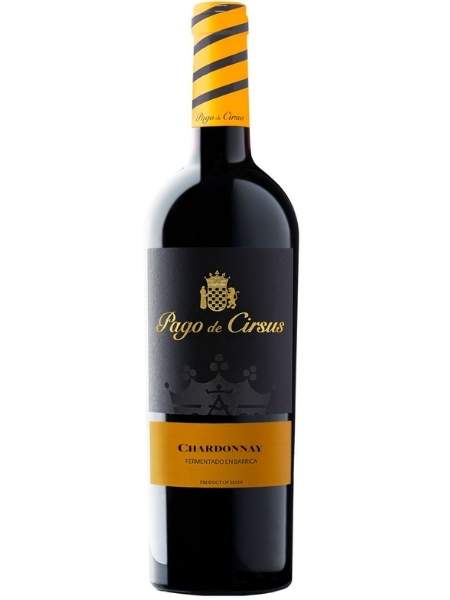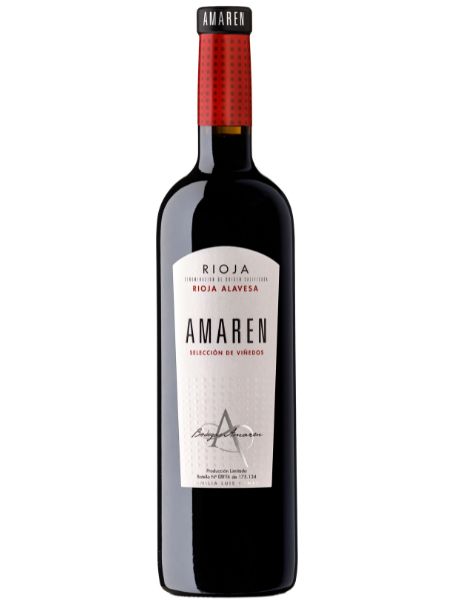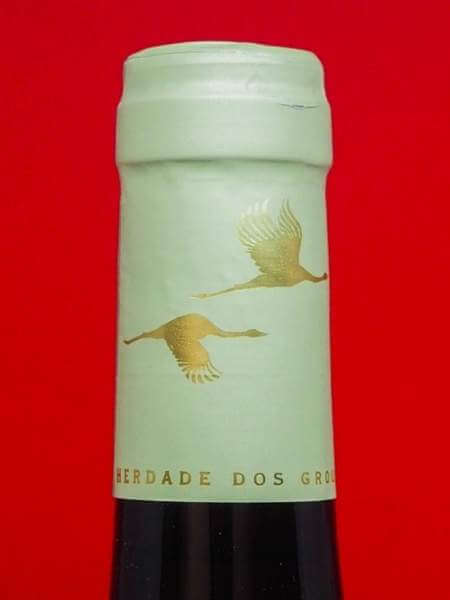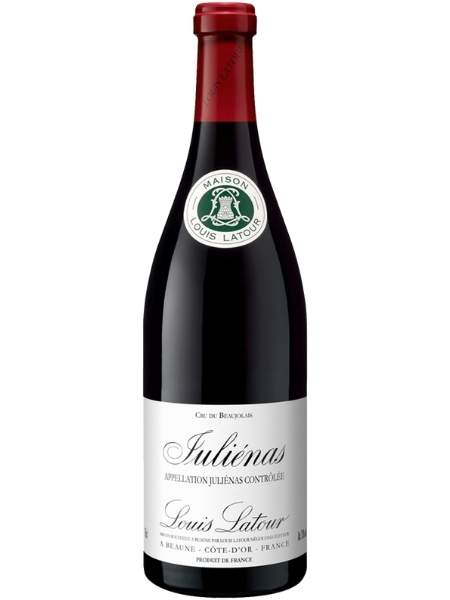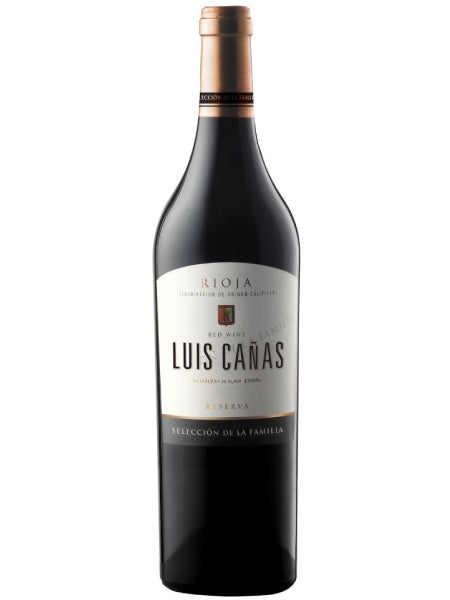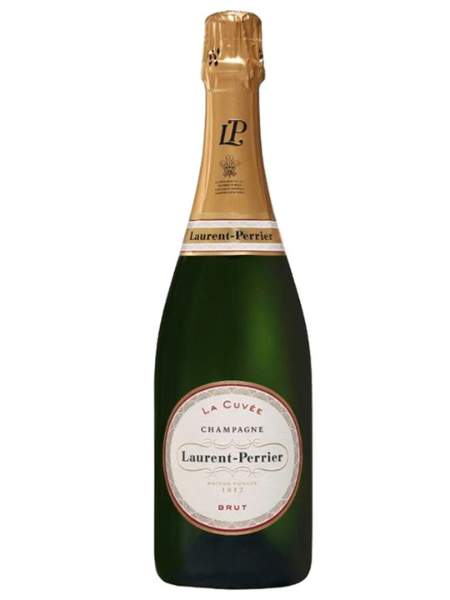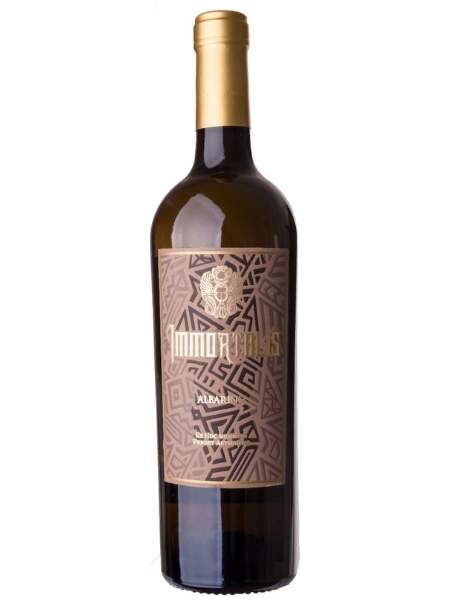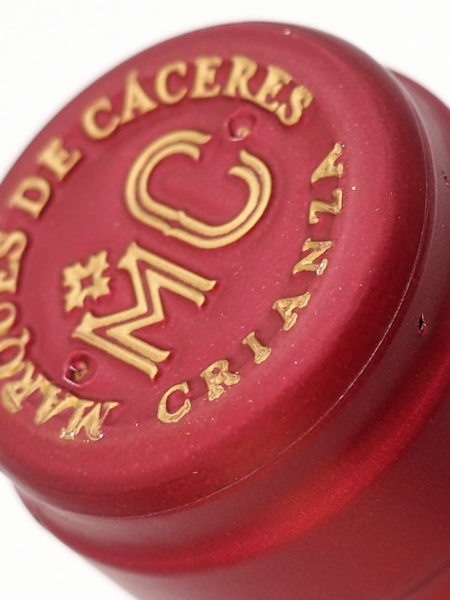
What Influences Taste in Wine?

There is no doubt that wine is a truly unique product. The wine taste is very personal, and it varies from one person to the other one. My favourite bottle can be completely different that one of my friends.
So, what influences wine taste? Is there something objectively that influences the taste, apart from the winemaking techniques?
In this article, we will tell you what factors influence wine and why wines differ from one country to the other. We will tell you, for example, why a Cabernet Sauvignon bottle from Romania will have a completely different taste than a Cabernet Sauvignon from France (if you want to learn more about Cabernet Sauvignon you can read this article)
Four Features Influencing Wine Taste:
The four features, apart from the winemaking techniques, that influence the taste of wine are:
- The type of grape used for wine
Of course, the type of grape used impacts the flavour of the wine. For example, Cabernet sauvignon reds are full-bodied and tannic, with aromas of blackcurrant and cedar. Whereas Merlot bottles are softer, less acidic and with fewer tannins with slightly fruity aromas.
Also, the grapes ‘skins have different thicknesses, affecting so the tannins of the wines. For that reason, if you want to have an idea of the flavour of the wine, you can check the back label of the bottle and see if the wine is a blend or made of only one varietal.

- The soil on which the grapes are grown
The soil where the grapes are grown is very important because the grapes absorb the water and nutrients from the soil. Also, it is important that the soil of the vineyard is permeable, so water can drain easily.
A study from 2010 in the Journal of Wine Research, by J. Ubalde, found that two Cabernet Sauvignon vineyards that have the same climate but different soil produce different tastes in reds.

- The topography of the vineyard
The altitude of the vineyard it´s essential because it impacts the amount of sun that the grapes receive. The vineyard's orientation and angle are vital because they impact the amount of sun the grapes receive.

- The climate in which the grapes are grown.
The climate in which the grapes are grown has an impact on the taste of the drink. The weather is also important to decide if an area is suitable for wine growing. The rule of thumb in the majority of vineyards of the world is that they should be located between 30º and 50º degrees of altitude on both hemispheres.
Vineyards in cold weather climates produce lighter-bodied bottles, with crisp acidity and fruity flavours. On the contrary, vineyards located in warm and hot places, produce full-bodied bottles, with high levels of alcohol, soft acidity and bold flavours.
For that reason, there can be huge flavour differences in the same grape variety, if grown in a different part of the world. For example, a Cabernet Sauvignon bottle produced in Romania will have a completely different taste than a Cabernet Sauvignon from France.
A fun fact is that some wine regions have different microclimates, which can have a huge impact on the drink. An example is the Moselle river in Germany and the Alsace region in France. The winegrowers in Germany use The Moselle river to reflect the sun towards the vineyards because the river acts as a mirror. For that reason, the vineyards in that area will be warmer than the surrounding areas, and Germany is able to grow grapes, even though they have very cold weather.
Given that the taste of the wine depends on the location of where the wine is grown, we can say that different wines from the same grapes grown in the area will have a similar taste.
For that reason, when buying a wine gift or bringing a bottle for dinner, ask your friends what type of region area they like, and for sure you will make the correct choice. Of course, tasting notes can also help when choosing a wine, but sometimes they can be complicated to understand.
If you want to experience the difference between red bottles grown in different regions, we suggest that you try these three cabernet sauvignon wines, one from Argentina, France and Spain and notice the wine aromas and the taste.

Our Cabernet Sauvignon Recommendations:
Los Cardos Cabernet Sauvignon 2018: Great red made of Cabernet Sauvignon grapes produced in Mendoza, Argentina by Doña Paula winery. If you smell it, you will appreciate the aromas of black pepper. If you taste it, you will notice the black fruits and the pleasant tannins, with a long and elegant finish.
Reference cabernet sauvignon 2020: Great red from I.G.P Pays D´Oc, in the Languedoc region in France, produced by Bernard Magrez winery. If you taste it, you will notice a full-bodied red.
Marques de Griñon Cabernet Sauvignon 2018: Excellent Spanish wine made of Cabernet Sauvignon. It has a D.O. Dominio de Valdepusa and it is produced by Marques de Griño Winery, one of the most important wineries in Spain.
If you smell the wine, you will notice the aromas of blackberries, blackcurrant and raspberries. If you taste the wine, you will notice a good voluptuousness and structure, with well-integrated tannins, due to the warm weather in Spain.
Don’t forget to visit our wine store so that you can try this fun experiment with other grape varieties, such as Chardonnay. If you want to learn more about the amazing world of wine, subscribe to our newsletter!
See you later, wine lovers,
Victoria Estrada, head sommelier of Dis&Dis



